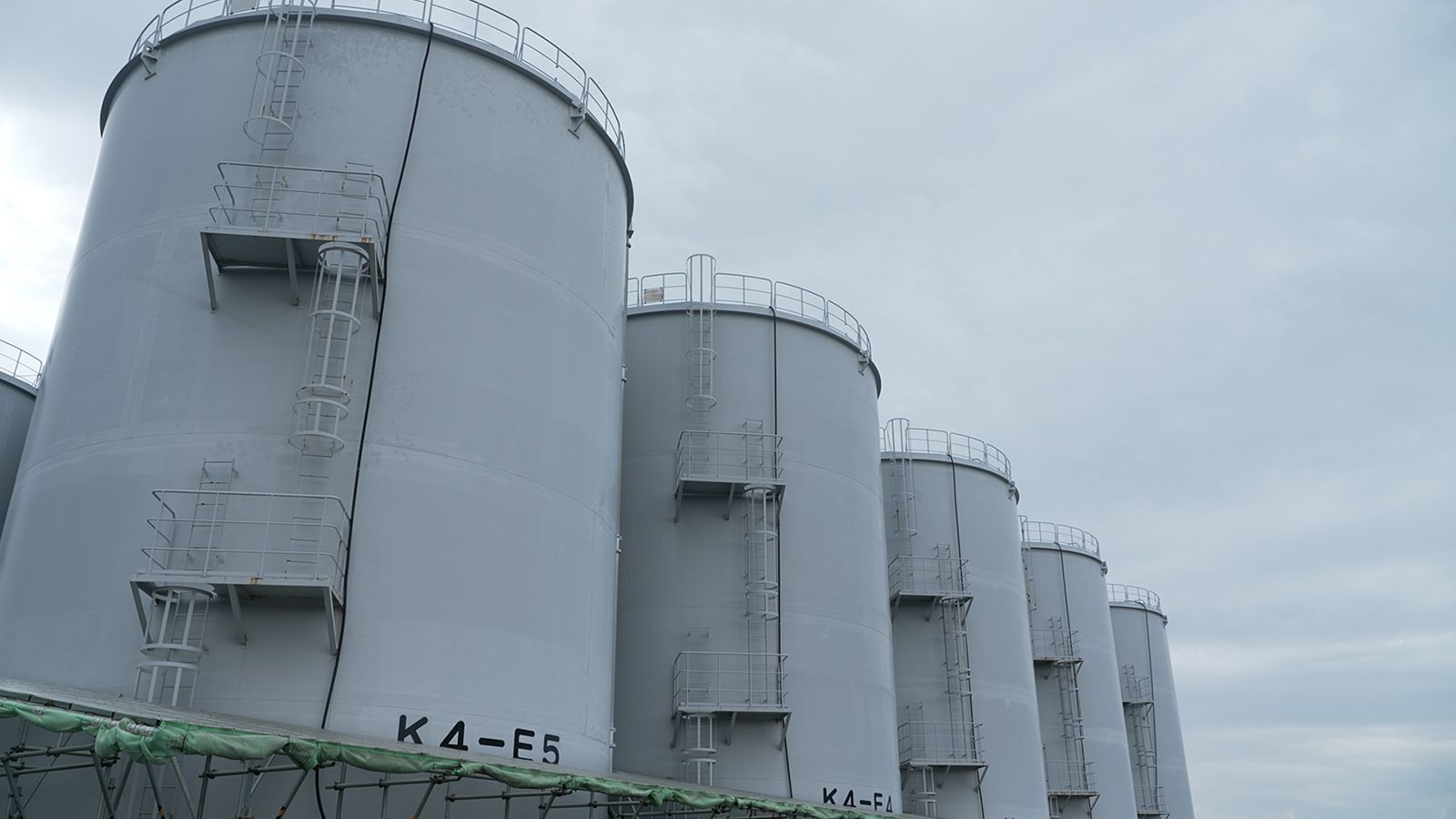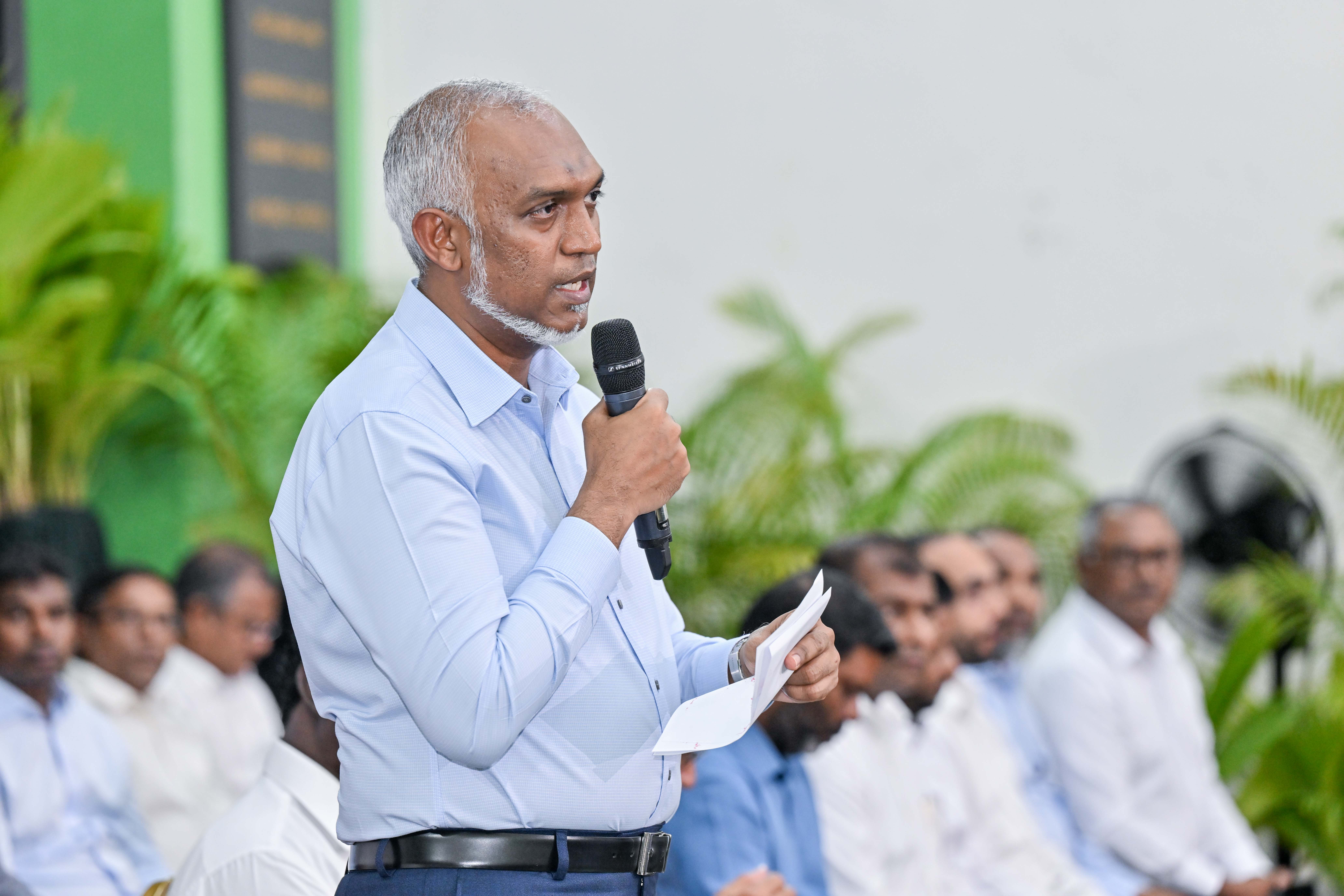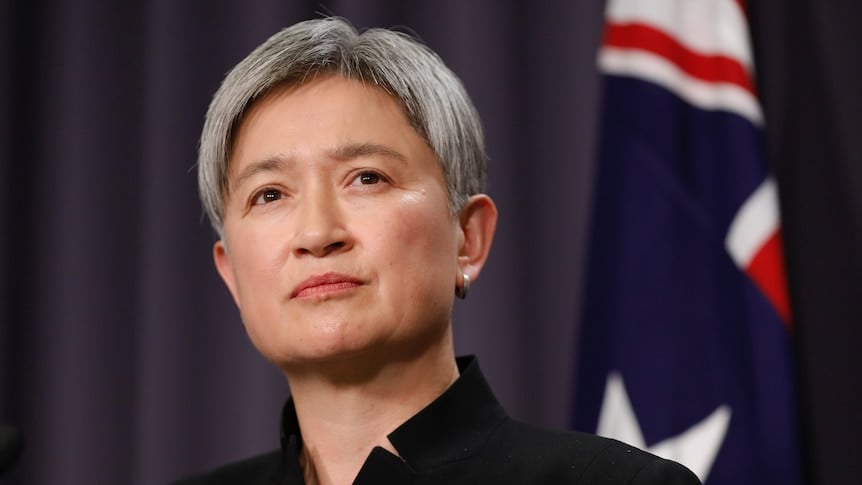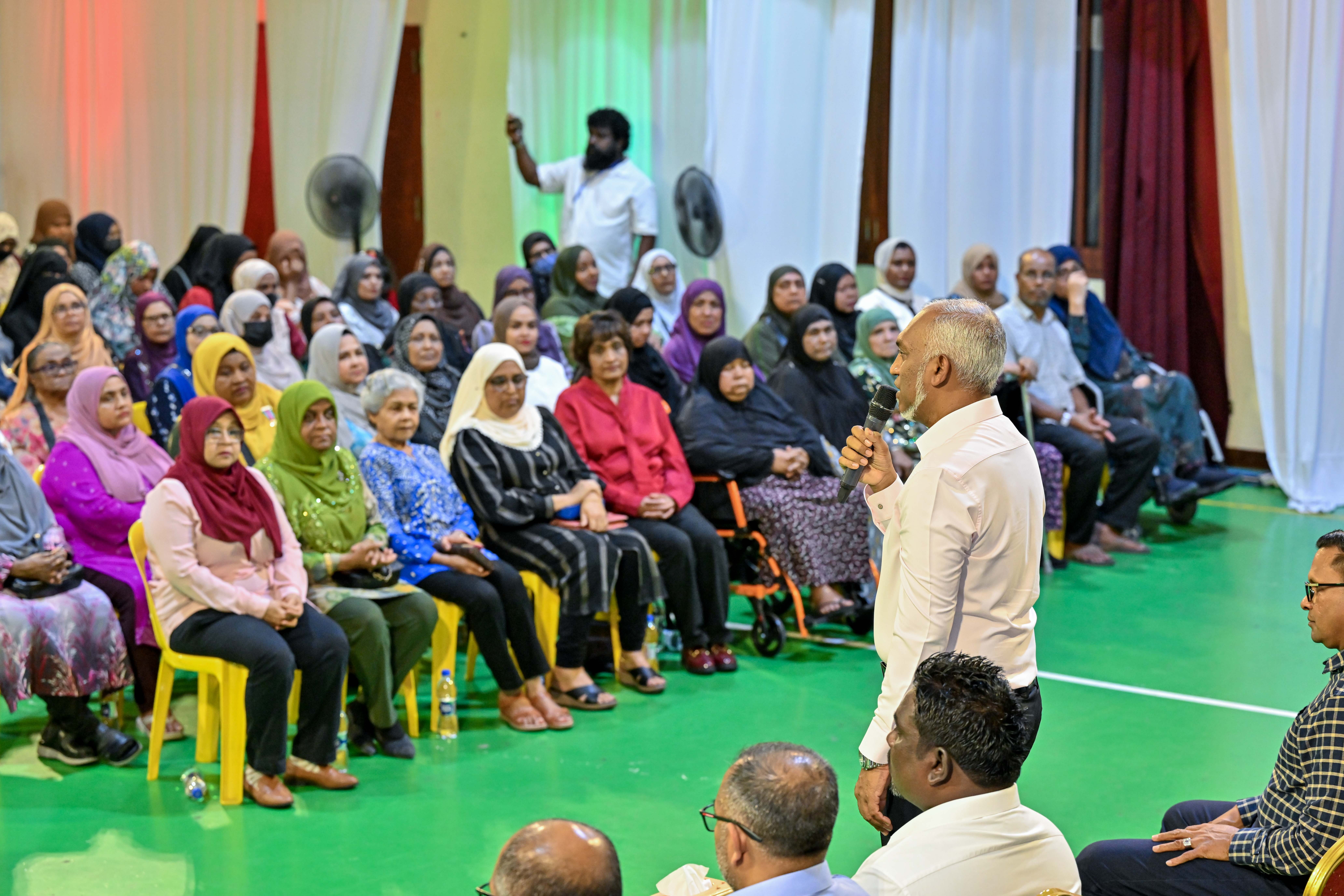Twelve years after one of the worst nuclear disasters in history, Japan will start discharging cooling water from the crippled Fukushima power plant on Thursday.
Despite concerns from fishermen and China, which has already prohibited food imports from a number of Japanese prefectures, the statement was made.
The UN atomic agency agrees with Japan's assertion that it is safe to dump the water that has collected at the damaged nuclear plant—enough to fill more than 500 Olympic-size swimming pools—gradually into the sea.
The Fukushima-Daiichi nuclear plant was knocked out by a massive earthquake and tsunami that killed around 18,000 people in March 2011, with three of its reactors sent into meltdown.
Since then, operator TEPCO has collected 1.34 million tons of water used to cool what remains of the still highly radioactive reactors, mixed with groundwater and rain that has seeped in. TEPCO says the water has been diluted and filtered to remove all radioactive substances except tritium, levels of which are far below dangerous levels.
Despite concerns from fishermen and China, which has already prohibited food imports from a number of Japanese prefectures, the statement was made.
The UN atomic agency agrees with Japan's assertion that it is safe to dump the water that has collected at the damaged nuclear plant—enough to fill more than 500 Olympic-size swimming pools—gradually into the sea.
The Fukushima-Daiichi nuclear plant was knocked out by a massive earthquake and tsunami that killed around 18,000 people in March 2011, with three of its reactors sent into meltdown.
Since then, operator TEPCO has collected 1.34 million tons of water used to cool what remains of the still highly radioactive reactors, mixed with groundwater and rain that has seeped in. TEPCO says the water has been diluted and filtered to remove all radioactive substances except tritium, levels of which are far below dangerous levels.


















